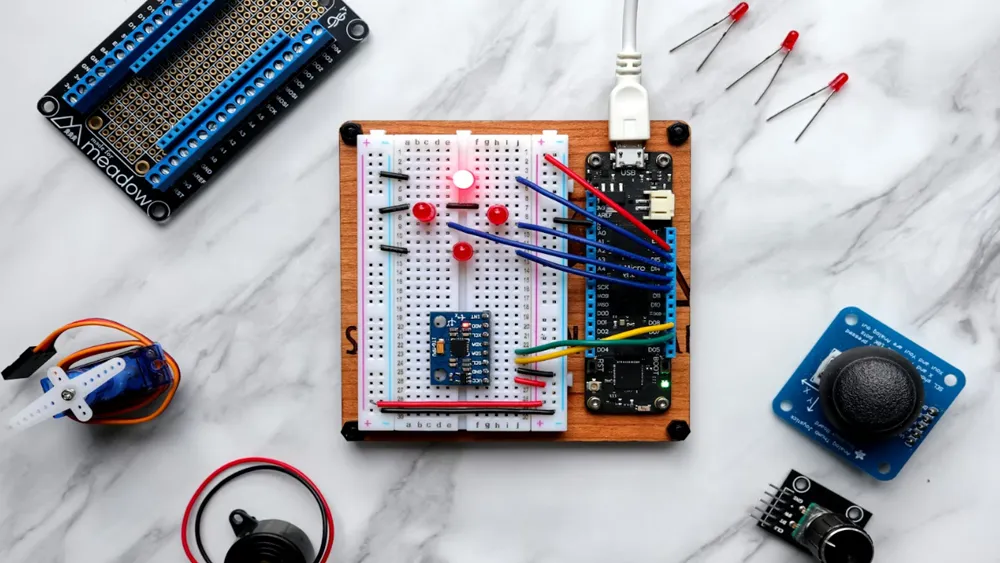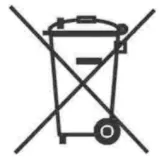
What is EU CE Certification for Toys?
Toy Safety CE certification (TOYS)
The European Toy Safety Directive has been in effect since January 1, 1990, mandating that all toys placed on the European market must bear the CE certification mark, signifying compliance with the basic requirements of the directive. Otherwise, the EU customs will detain products lacking the CE mark, and market surveillance authorities will remove them from the market and hold individuals or companies accountable for distributing non-compliant products.

Directive for Toy CE Certification
The new EU Toy Safety Directive 2009/48/EC was published on June 30, 2009, came into effect on JULy 20, 2009, and partially replaced the previous Directive 88/378/EEC starting July 20, 2011. New cheMICal requirements were set to take effect in July 2013.
The older Directive 88/378/EEC, implemented since 1988, greatly contributed to ensuring toy safety and eliminating trade barriers within the EU. However, with changing times, its limitations became evident, such as the need for stricter safety requirements, improved directive enforcement, and clearer scope and concepts. With the use of new materials in toys, the EU began revisions in 2003, gathering public feedback. On January 25, 2008, a revision proposal COM(2008)9 was published, approved by the European Parliament on December 18, 2008, formally adopted on June 18, 2009, and published as Directive 2009/48/EC on June 30, 2009.
Regulations and Standards for Toy CE Certification
Toy safety regulations include:
- General Product Safety Regulations
- Toy (Safety) Regulations
- Pencil and Graphical Instruments (Safety) Regulations
Standards for Toy CE Certification include:
- EN71
- EN50088
- EN62115
Basic Safety Requirements of the Directive
Toys must not endanger the safety or health of users or third parties when used as intended or in a foreseeable manner based on children's behavior. After being placed on the market, toys must meet safety and health conditions as defined by the directive, considering pREDictable and normal use over their lifespan.
Requirements of the Toy Directive
- Compliance with EU standards.
- Member states were required to transpose the new directive into national law within 18 months by January 20, 2011.
- A 2-year transition period allowed products compliant with the old directive to be sold until July 20, 2011, while chemical requirement compliance was extended until July 20, 2013.
Definition of Toys According to the EU Toy Safety Directive
A toy is any product designed or intended for use by children under 14, excluding 21 specific product categories such as Christmas decorations, sports equipment, imitation weapons, and children's fashion jewelry. Any product or material designed for children under 14 must comply with Directive 88/378/EEC and bear the CE mark.
Age Categories for Toys
1. Birth to 18 months
2. 19 months to 36 months
3. Birth to 36 months
4. Over 37 months
5. Up to 60 months
6. 37 to 72 months
7. 37 to 96 months
8. 96 to 168 months
Toy Labeling
Proper labeling, including age labels and warnings, helps prevent the purchase of inappropriate toys for young children, ensuring their safety. CE-marked toys must adhere to specific labeling requirements, especially warnings for toys not suitable for children under 36 months. The EU provides alternative symbols for such warnings.
Scope of Toys Requiring CE Certification
The EU TOY directive covers most toy products, including:
1. Children's bicycles, tricycles, strollers, walkers, electric toys
2. Electric and video toys, sound and light toys
3. Plastic toys (static and motorized)
4. Metal toys (static and motorized)
5. Projectile toys
6. Dolls
7. Plush toys
8. Paper and cardboard toys (puzzle books, origami)
9. Whistle toys, horns, teething rings
10. Bamboo and wooden toys
11. Stationery-like toys (paints, crayons)
12. Molding toys
13. Inflatable toys (balloons)
14. Water toys
15. Ground-based toys (rocking chairs)
16. Sports toys (roller skates)
Key CE Test Contents
- Mechanical and physical hazards
- Flammability
- Toxic elements
- Chemical sets and toys
- Age warning graphics
- Electrical characteristics
Standards for Toy CE Certification Testing
- EN 71 Part 1: Physical & mechanical testing (drop test, small parts, sharp edges, etc.)
- EN 71 Part 2: Flammability testing
- EN 71 Part 3: Toxic elements (19 metals)
- EN 71 Part 4 & 5: Chemical toys
- EN 71 Part 6: Age warning symbols
- EN 71 Part 7: Finger paints
- EN 71 Part 8-11: Various safety requirements
Testing Process for Toy CE Certification
1. Application consultation:
- Application form
- Company info sheet
- Product documentation
2. Cost quote based on provided details.
3. Client confirmation and payment.
4. Factory audit and testing per EU standards.
5. Completion, final payment, and ce certificate issuance.
Costs for Toy CE Certification (reference only, call for details)
1. Physical/mechanical: RMB 300
2. Flammability: RMB 300
3. Toxicity (19 metals): RMB 500 per material
EMC Requirements for Electric Toys
For electric toys, including battery-powered and AC/DC toys, additional EMC standards apply:
- EMI: EN55022
- EMS: EN50082-1
Email:hello@jjrlab.com
Write your message here and send it to us
 What is Amazon TIC and How Can Sellers Achieve Com
What is Amazon TIC and How Can Sellers Achieve Com
 2026 Battery UN38.3 Certification (Test Report) &a
2026 Battery UN38.3 Certification (Test Report) &a
 What is the IEC 62680 Standard? Compliance Interpr
What is the IEC 62680 Standard? Compliance Interpr
 Amazon Japan December Compliance Requirements
Amazon Japan December Compliance Requirements
 How to Check a CPSC-Accepted Laboratory?
How to Check a CPSC-Accepted Laboratory?
 WEEE Registration for Waste Electrical &Electr
WEEE Registration for Waste Electrical &Electr
 MSDS Chemical Safety Testing
MSDS Chemical Safety Testing
 What Are the Differences Between UK REACH and EU R
What Are the Differences Between UK REACH and EU R
Leave us a message
24-hour online customer service at any time to respond, so that you worry!




